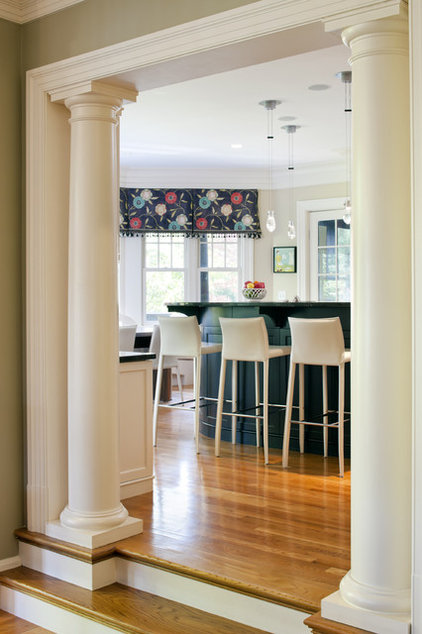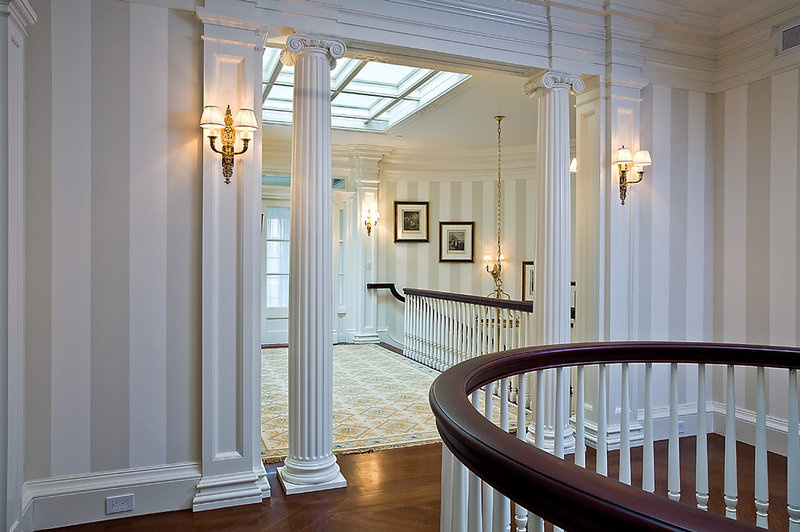Classic Design: The Language of Architectural Columns
Around 2,500 years ago, the Greeks invented what have become known as the classical orders. These orders (Doric, Ionic and Corinthian) were adopted by the ancient Romans, who simplified the Doric to make their own order, the Tuscan. The Romans also combined the Ionic and Corinthian to form the Composite, or fifth classical order. Each order had a distinct meaning. A building designed using the Doric order would have been quite different in tone than a building designed in the Corinthian order.
Each order had a distinct meaning. A building designed using the Doric order would have been quite different in tone than a building designed in the Corinthian order. The same holds true today. While a grand palace may warrant the Corinthian order, Tuscan might be more appropriate for a small home.
What is a homeowner to make of this? Where would one use, say, a Doric in lieu of a Corinthian column? And are there rules for scale, proportion and detail? Here are some ideas to help you sort it out.
Placing the columns at an opening between rooms makes the transition from one to the other all the more special.
Here, the Doric order is used to lend a distinctly classical, antique and formal quality to the project.
The scale of the architectural column should also be in tune with the scale of the overall architecture. More often than not, classically inspired columns are too thin, making them look like silly toothpicks rather than the robust reminders of antiquity they are.
When in doubt, adhere to the 2,000-year-old rules for scale, one of which is that the column height should be seven times the column diameter.
The Corinthian is the appropriate order in a room that exudes an intricacy of surface detail and a richness of finish.











